Author: Wang Xuan
When I opened WeChat Moments this morning, the first post I saw was the information about the price of the imported version of BMW X5 from a parallel import car dealer in Tianjin Port. This widespread price cut is not an April Fool’s Day joke made by dealers. Just take a look at the price of the domestically produced version of BMW X5 released last night by Brilliance BMW, ranging from 605,000 to 775,000 RMB. You’ll understand that the pressure has now been placed on all competitors of X5, including parallel import car dealers.
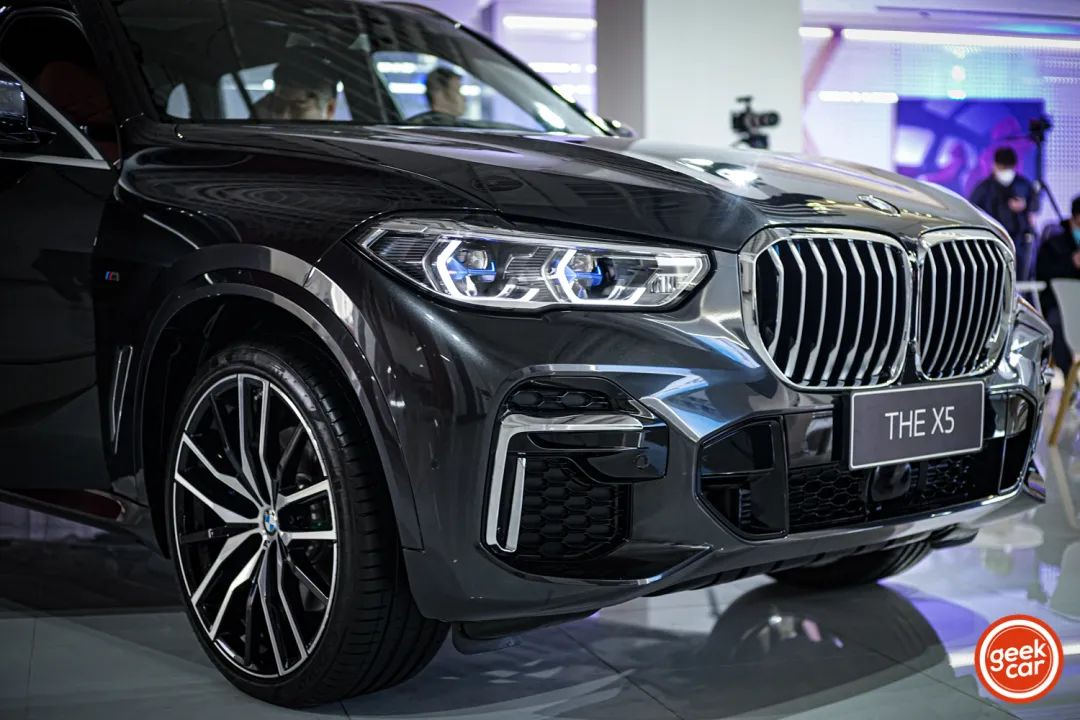
Lower Prices Not Only Capture Competitor Markets
Last night, we witnessed the first important event of luxury brands producing high-end SUVs domestically. Since BMW and Brilliance formed a joint venture in 2003, BMW has been continuously exploring the possibilities of the Chinese market. The first “domestically produced” BMW model was the E46 generation BMW 3 series, which entered the Chinese market through complete knock-down (CKD) assembly. Over the last 19 years, BMW has put more and more of its main products into production in China to create a complete product matrix that covers multiple niche markets. The domestically produced X5 will be a new milestone.
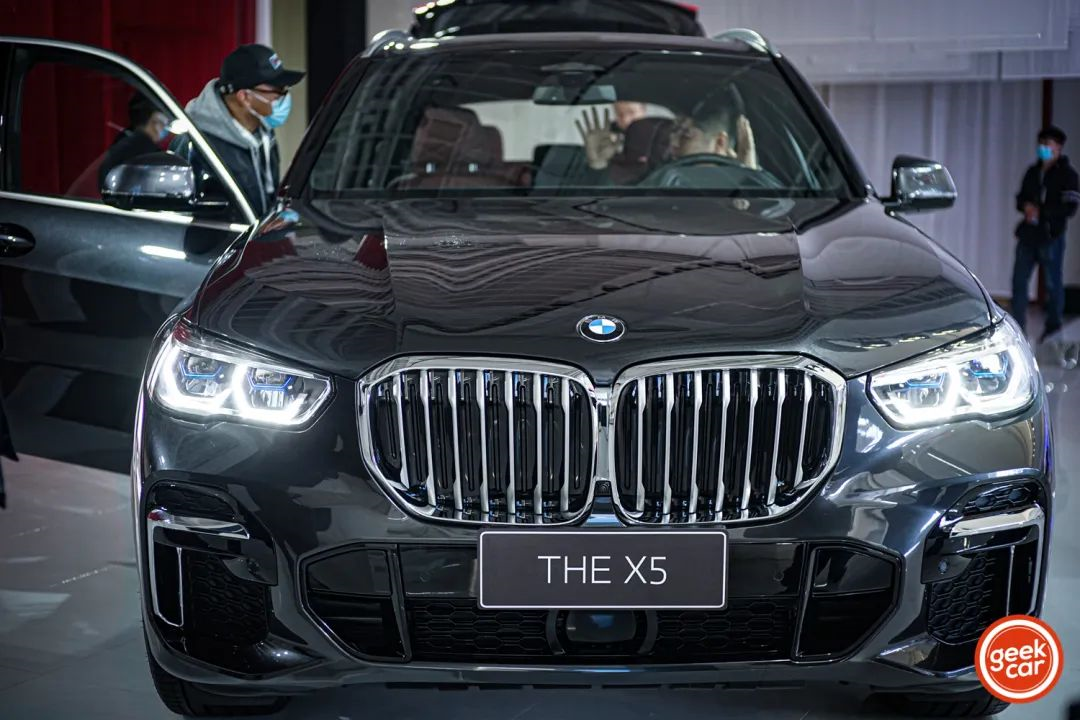
Products that directly compete with BMW X5 are undoubtedly the Mercedes-Benz GLE and Audi Q7. In the mid-to-high-end automobile consumer market, there is only “difference” and no “gap” between most competing models in terms of configuration. Consumers’ choices of products depend on their understanding and liking of a brand or a specific product. As we often say, “Drive a Mercedes, sit in a BMW.” Different brand personalities classify consumers into different camps.
Clearly, the domestically produced BMW X5 has become a disruptor in the high-end mid-size SUV market. Within the same product power range, all models of the domestically produced BMW X5 are 100,000 RMB cheaper than the suggested retail price of competing models. I believe many consumers can hardly resist such temptation.
Apart from the official imported car market, there is also a “shadow market” in China’s mid-to-high-end SUV field – parallel import cars. By seeing the news of the price cut of parallel imported cars at the beginning of the article, you can understand that the domestically produced X5 has had a severe impact on the parallel import X5 models.
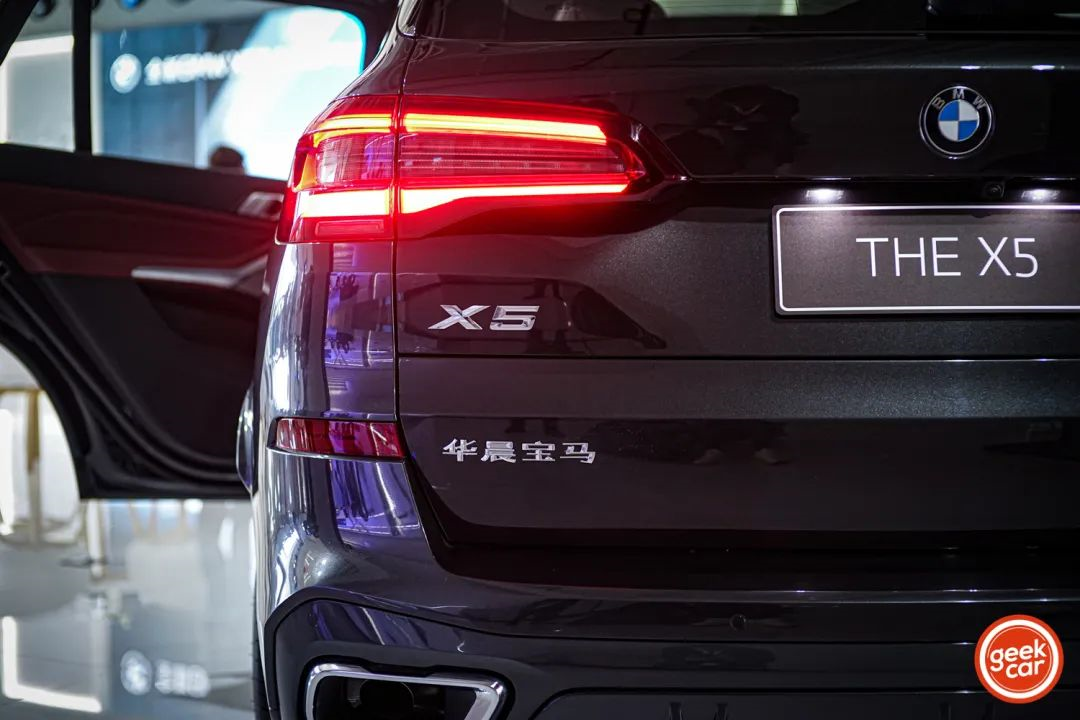 According to BMW’s official sales statistics, the sales of imported BMW X5 models exceeded 50,000 units last year. In fact, the actual sales of X5 in China are even higher because the sales of parallel imported cars are not included in the China Passenger Car Association’s sales ranking and are considered as overseas market sales within the BMW system. In the future, if the sales of domestically-produced X5 models increase, besides squeezing out the sales of competing products, BMW will also regain its sales in the “shadow market.”
According to BMW’s official sales statistics, the sales of imported BMW X5 models exceeded 50,000 units last year. In fact, the actual sales of X5 in China are even higher because the sales of parallel imported cars are not included in the China Passenger Car Association’s sales ranking and are considered as overseas market sales within the BMW system. In the future, if the sales of domestically-produced X5 models increase, besides squeezing out the sales of competing products, BMW will also regain its sales in the “shadow market.”
Whether it is domestically-produced or imported, BMW is the ultimate beneficiary. As China’s automotive consumer market gradually upgrades, the domestic production of BMW’s high-end SUV model X5 has become a natural progression. Under the impact of BMW, I believe other luxury brands will consider producing high-end products and even flagship products domestically. Clearly, there is further room for development in the Chinese market.
Besides lower prices, what else can consumers get?
After the launch of the Brilliance BMW X5, it not only brought lower prices but also bigger space and richer configurations. Compared with the imported version, the most obvious change in the domestic version is the lengthening of the wheelbase by 30 cm, from 2975mm to 3005mm, and the overall length of the vehicle has also increased to 5060mm, which significantly increases the rear seat space. The inverted L shape on the front bumper is also a unique symbol of the domestic extended version. In addition, the Brilliance BMW X5 comes standard with the M Performance sports package.
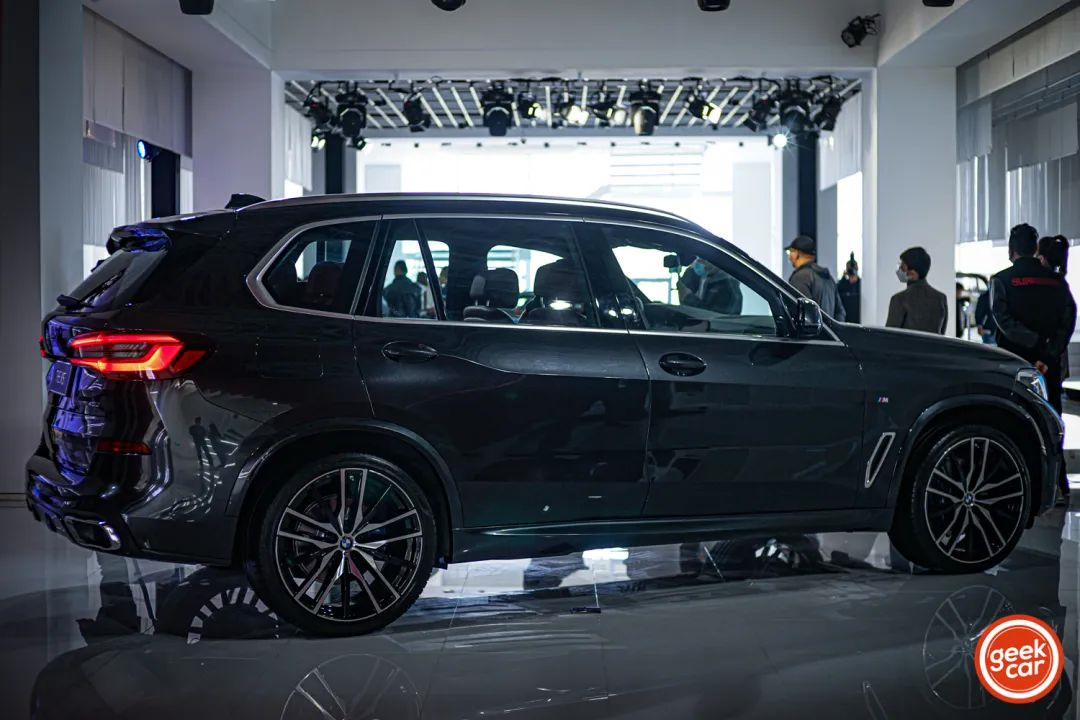
We can compare the imported X5 (top-of-the-line xDrive 40i Exclusive edition) with a guide price of 839,900 yuan with the Brilliance BMW X5 (top-of-the-line xDrive 40Li Exclusive edition) priced at 775,000 yuan. In terms of configuration, the Brilliance BMW X5 is equipped with a high and low, soft and hard adjustable air suspension as standard, while the imported version requires optional extras at an additional cost. It comes with a touchscreen LCD key worth 3,500 yuan as standard. The steering wheel is heated and front and rear seats are heated, which requires an additional 9,000 yuan for the winter comfort package in the imported version. It also has luxurious and comfortable seats specially designed for the Chinese market.
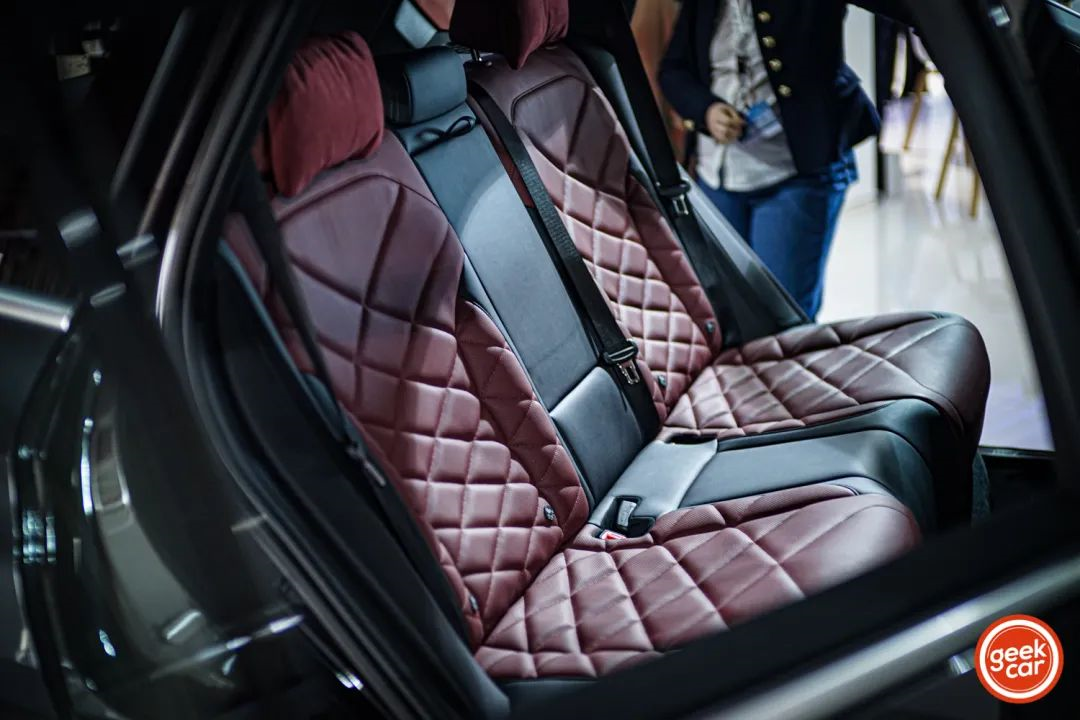
In terms of some detailed configurations, the imported version may be slightly better than the domestic version, such as having more seat adjustment functions and using genuine leather. By simple comparison, we can see that the domestic version has fully surpassed the imported version in terms of product capability. The overall advantage of price and configuration is undoubtedly the best news for consumers.In terms of intelligence, the Huawei-Chery BMW X5 has undergone localization treatment. It is equipped with dual 12.3-inch high-definition display screens, BMW full-color head-up display system, BMW iDrive human-computer interaction system, and BMW intelligent personal assistant, allowing users to achieve diversified and personalized human-car interaction modes. It also has gesture control function that the imported version does not have. At the same time, third-party applications such as Tmall Elf, Tencent Small Scene, wireless Apple CarPlay, and Baidu CarLife have also been completed on the vehicle.
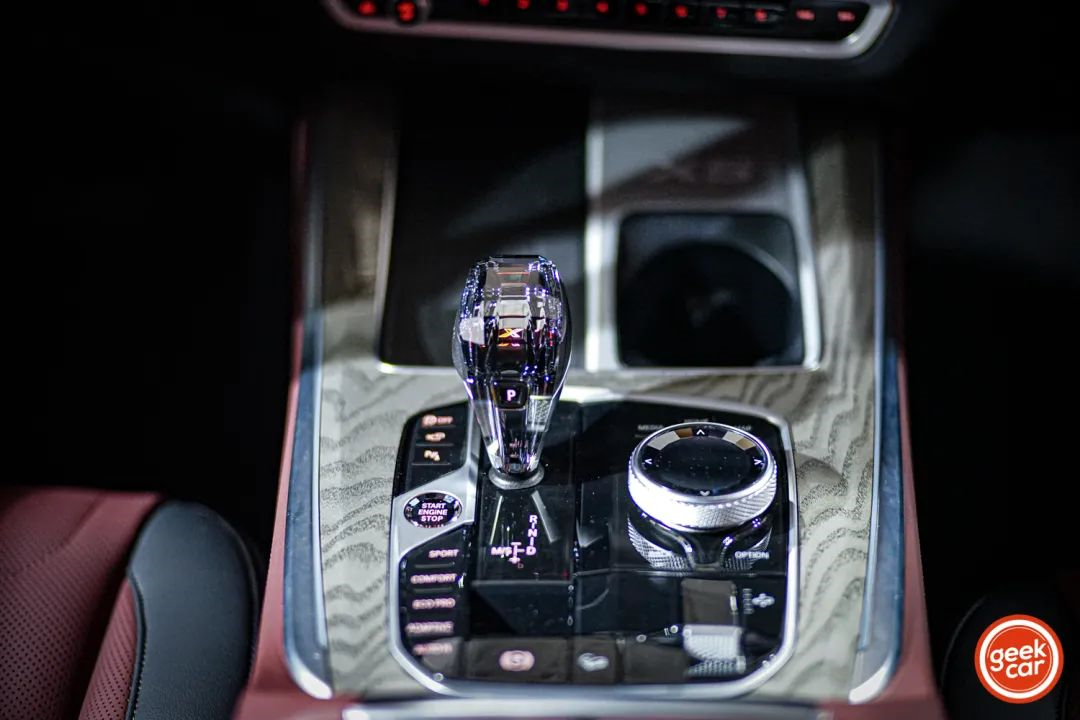
In terms of intelligent driving, the high-end models of the new product can choose BMW’s automatic driving assistance system Pro and automatic parking assistance system Plus in addition to the standard ACC full-speed range adaptive cruise control function.
The localization of the BMW mid-level SUV X5 is also a affirmation of the achievements of China’s manufacturing industry. Compared with the overseas version of BMW X5, the Huawei-Chery BMW X5 not only has a leading industry’s 10,000-ton stamping workshop, but also sets up more than ten giant robots named “Titans” in the body workshop. They can grasp weights of up to 1.3 tons, and they are specially customized for the largest domestic white body X5 so far. The paint workshop and general assembly workshop also use industry-leading production technology. During the research and development testing phase before the production of the vehicle, a large number of computer virtual tests and physical tests can ensure that every new BMW X5 produced can achieve first-class quality standards.
BMW i3, Surprise Egg
Last night, in addition to paying attention to the newly launched Huawei-Chery BMW X5 model, we also ushered in the global debut of the new BMW i3 eDrive35L (only one model, collectively referred to as BMW i3), and the most surprising moment in the whole process was the moment when it revealed the official guided price of 349,900 yuan for the BMW i3. If we only look at the official guided price, the price of BMW i3 is close to that of the high-end BMW 325Li, which is 20,000 yuan cheaper than the entry-level 330i.
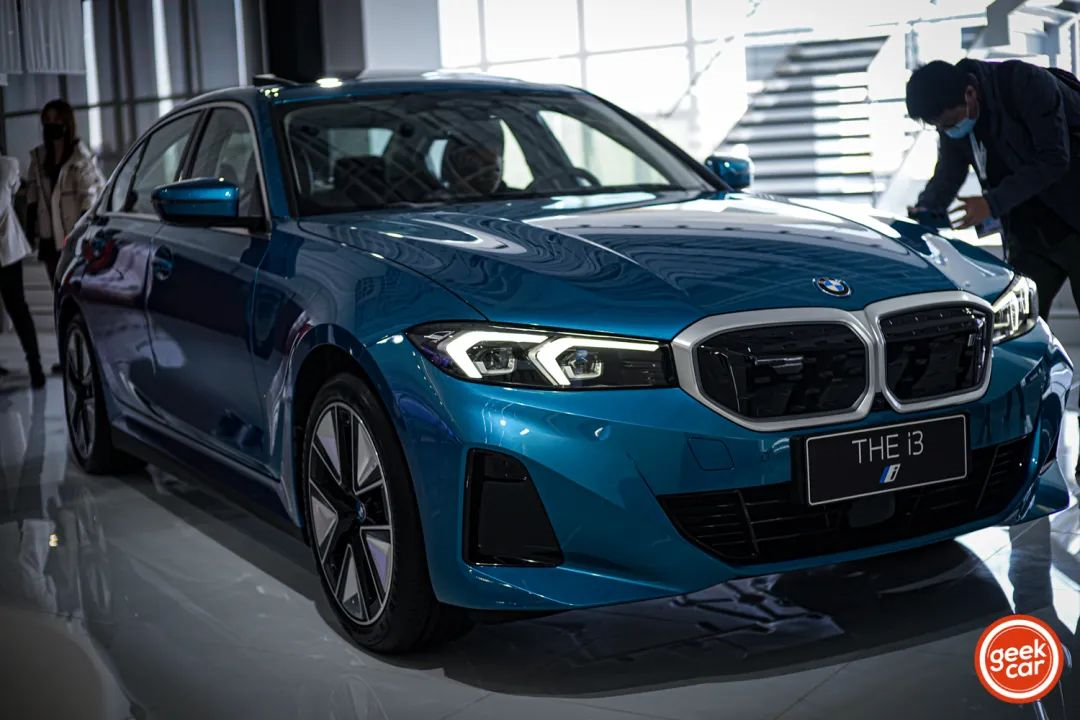
BMW i3 uses 5th generation BMW eDrive electric drive technology and permanent magnet synchronous motor, which ensures that the vehicle can burst peak torque at low speed and high speed. The maximum output power of this model reaches 210 kW, and the maximum torque reaches 400 N·m. Driving with a single motor can achieve a 0-100 km/h acceleration time of 6.2 seconds. The new BMW i3 is equipped with a high-nickel ternary lithium battery pack with a capacity of 70 kWh, and the cruising range under the CLTC standard reaches 526 kilometers.Considering the sports performance that Bimmer enthusiasts care about the most, you could save 20,000 yuan and get more abundant power than BMW 3 Series 330 by choosing BMW i3. However, the whole weight of BMW i3 electric vehicle is 2 tons, while gasoline version of 3 Series only weighs 1.6 tons. Weight is the most avoided property for all sports-oriented models. In order to provide better handling experience to users, BMW equips i3 with rear air suspension as standard configuration.
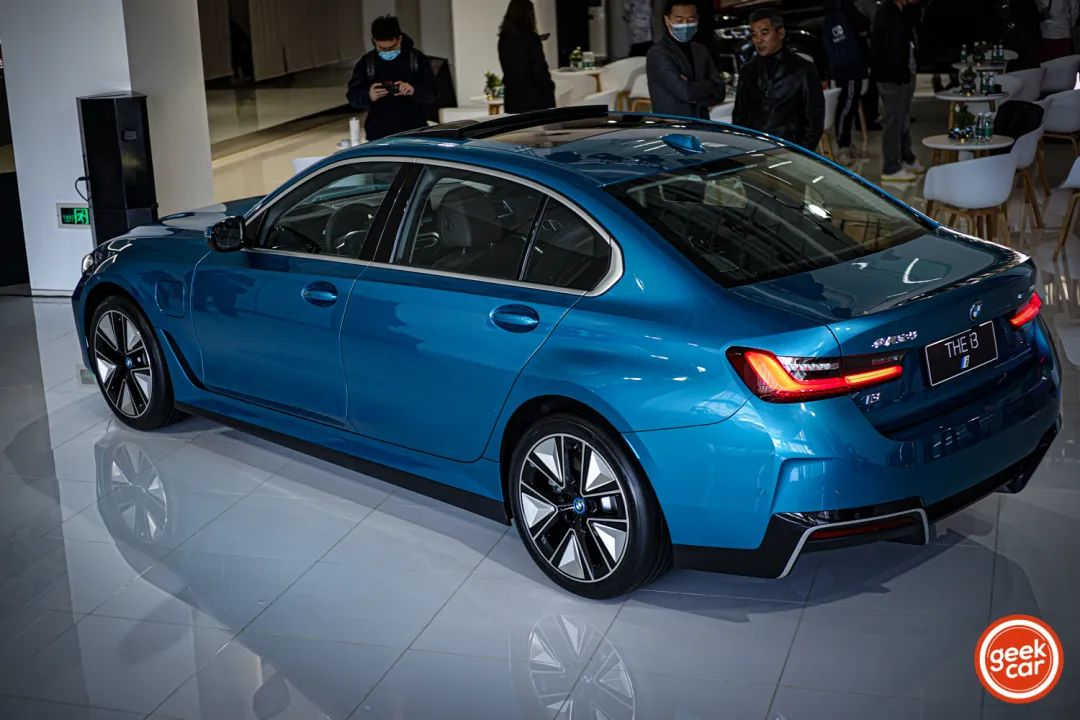
When we test drove the plug-in hybrid version of BMW 530Le in 2020, we discovered an interesting point. At that time, only the plug-in hybrid version was equipped with a rear air suspension among all 5-series models sold in China. Obviously, handling is the untouchable nerve for BMW. Even though the plug-in hybrid model only has one more motor and a small volume of battery, the additional weight will also give engineers a big headache. In response to this, BMW would rather increase costs to solve the problem than deliver a car without personality to users.
In addition to the air suspension, BMW has also made slight adjustments to the i3 chassis. Both the front and rear suspensions of the new car use HRS hydraulic rebound shock absorber technology, which can make driving on bumpy roads more stable and comfortable. The rear chassis of the vehicle is also equipped with a rear anti-roll bar, and the front shock absorber top pull rod is equipped in the engine compartment.
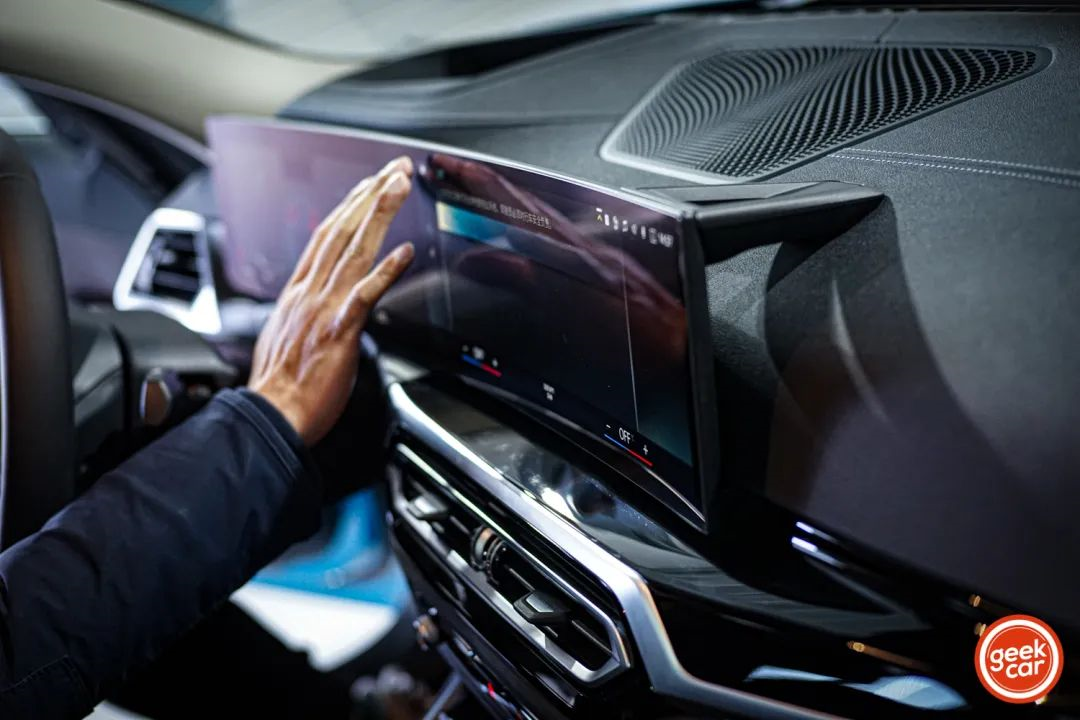
Moreover, the center of gravity of the all-new BMW i3 is 44 millimeters lower than that of the 3 Series, and the front and rear wheel tracks are wider. It is equipped with DSC dynamic stability system including ARB anti-skid stability control unit, which provides better traction and grip for the vehicle, and makes the new car have superior performance and cornering attitude. At the same time, the flatter chassis design is also conducive to the air flow under the vehicle, effectively reducing wind resistance and playing a positive role in the dynamic performance of the vehicle.
Finally, let’s focus on who the competitors of BMW i3 are in the market. Based on the above basic data, the first model that comes to mind is a popular car model that appeared at the end of last year – NIO ET5. Its battery capacity is 75 kWh, and the cruising range is 550 kilometers. The body size and wheelbase are slightly smaller than BMW i3, and the starting price of 328,000 yuan is also very similar to that of BMW i3 (349,900 yuan).## The Marketing Phenomenon of the Electric Vehicle Market
Last year, when we analyzed the sales volume of Volkswagen ID.4, we found an interesting market phenomenon. In the traditional automobile market, the sales volume distribution decreases from low to high according to price and positioning, but in the electric vehicle market, the sales volume shows a pyramid-shaped distribution. At the pinnacle of the pyramid is the Tesla Model 3, which is in the B-level automobile market. The sales volume of the XPeng P7 and the BYD Han EV, which are in the same market segment, is equally strong.
The situation reflected in this narrow market is similar to that of a popular hot pot restaurant that brings out the best of the whole food street. The vehicles located on both sides of the pyramid-shaped sales curve are NIO, Ideal, and traditional independent brands that target a market price of over 300,000 RMB and those that target a market price of under 200,000 RMB.
The all-new BMW i3 is the first traditional luxury car brand to offer a product that is priced at nearly 300,000 RMB, which is close to the peak of the pyramid sales, indicating that BMW has one of the deepest understandings of China’s electric vehicle market among luxury car brands. Many people think that the biggest challenge facing the BMW i3 in the market will be in the area of intelligence because it is priced similarly to many new emerging models. However, I believe that such a conclusion is premature because there has yet to be a mainstream electric vehicle product like the i3 in the market.
Whether it’s “Wei Xiao Li” or independent brands that follow the concept of Internet car companies to reform, their products are too rational, and companies compete at the level of intelligence, such as “today, XX adds a certain function to the car, and tomorrow, XX opens up a certain ecosystem.” The stacking of functions has become a hard indicator to fill the product’s capabilities.
However, the BMW i3 is not such a product. BMW has profound brand accumulation and understanding in sports car products, which is the core product power of BMW i3 and an ability that Chinese Internet car companies cannot match. Therefore, it is not wise to arbitrarily compare the i3 with the products of new forces, as they exist in different dimensions.
Conclusion
The domestically produced BMW X5 from Huachen BMW has presented a strong headwind for all parallel import auto dealers. Compared with the competing products, those potential users who are holding onto their cash expect nothing less than a clear, sharp image.
Before the announcement of the price of the BMW i3, I joked with my colleagues that the product would only achieve interim success as long as it does not breach the threshold of RMB 400,000. The actual price was definitely a surprise. Can the BMW i3 make its mark in the Chinese market? Let’s wait and see!
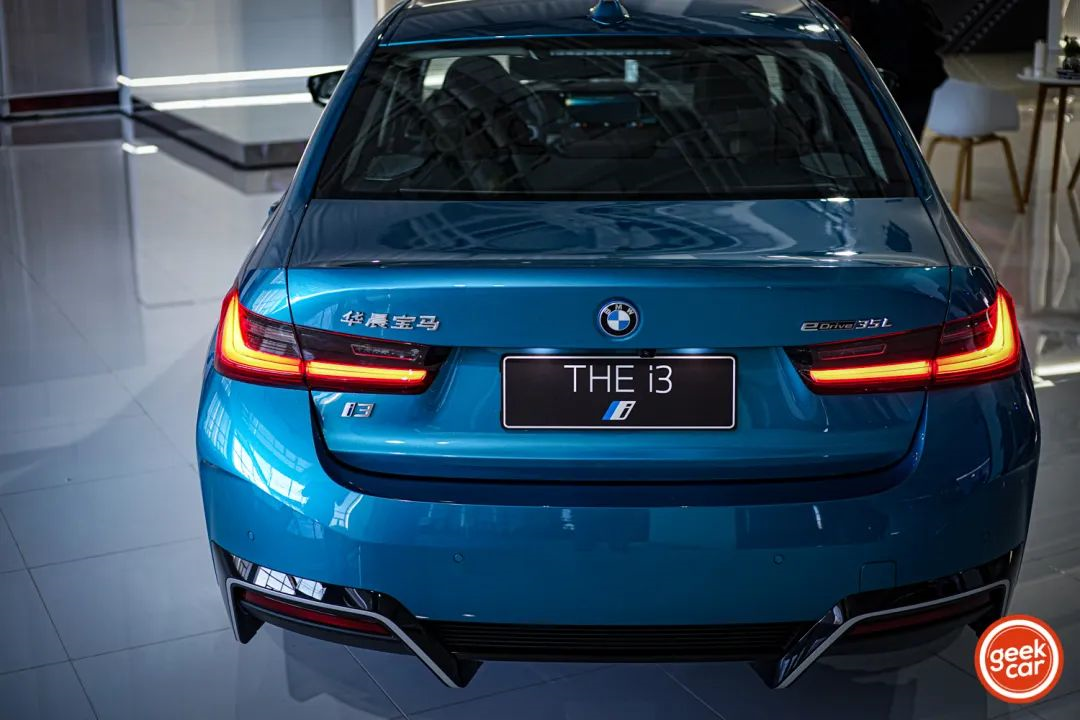
This article is a translation by ChatGPT of a Chinese report from 42HOW. If you have any questions about it, please email bd@42how.com.
